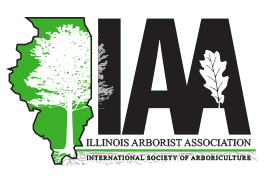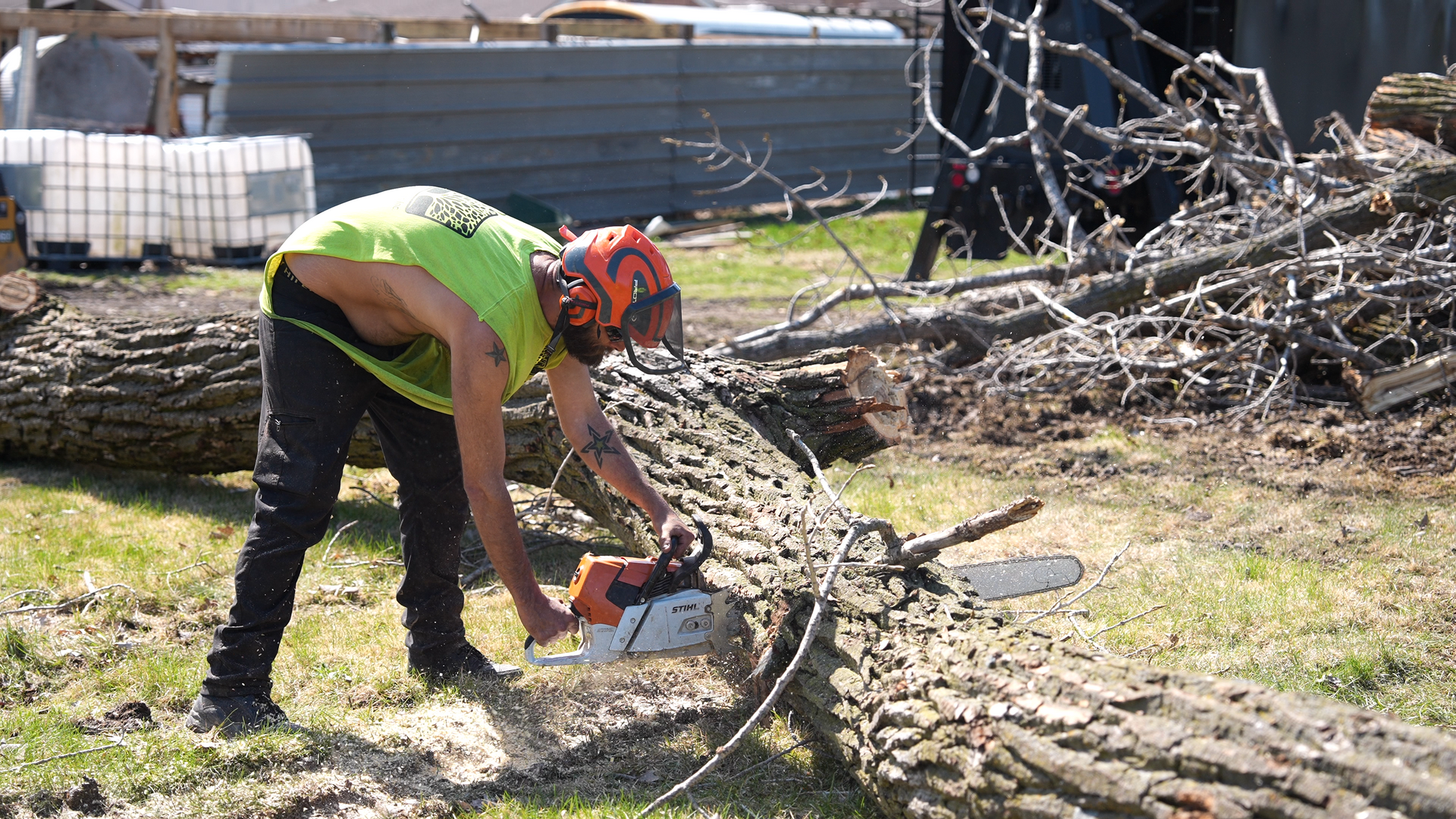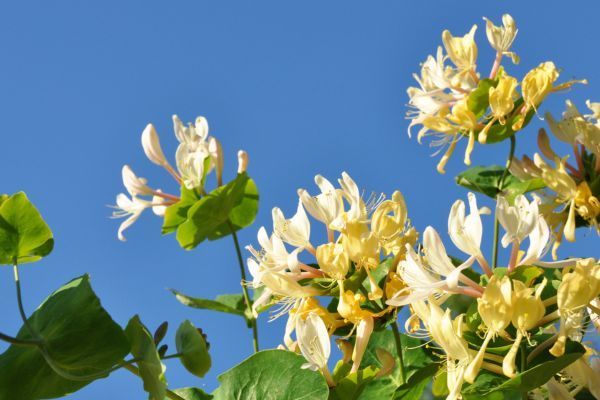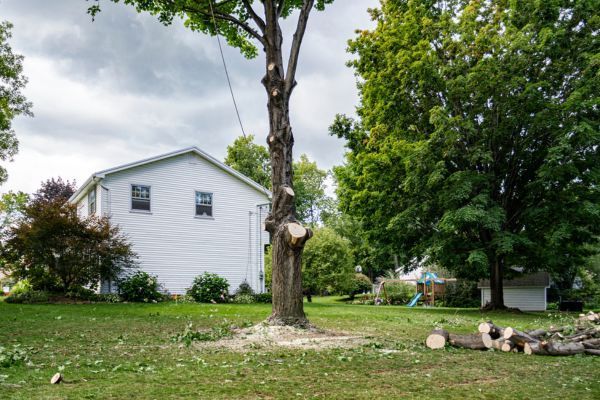Why Seasonal Tree Trimming is Important for Tree Health
The Importance of Seasonal Tree Trimming for Maintaining Tree Health
Trees are an integral part of any landscape, adding beauty, shade, and even value to your property. However, like any living organism, trees require proper care and maintenance to thrive. One of the most important aspects of tree care is seasonal tree trimming. Whether you have mature oaks in your yard, flowering fruit trees, or young saplings, seasonal trimming can make all the difference in ensuring the longevity and health of your trees.
In this article, we’ll explore the numerous reasons why seasonal tree trimming is essential for tree health, including its benefits, the best time for trimming, and how to do it safely and effectively.
The Role of Tree Trimming in Tree Health
Tree trimming, also known as pruning, is the process of selectively removing certain parts of a tree, such as branches, limbs, and deadwood. When done regularly and seasonally, tree trimming helps to enhance a tree’s structure, promote healthy growth, and reduce the risk of disease and pests. Seasonal trimming is particularly beneficial because it aligns with the tree’s natural growth cycles, ensuring the best results.
Key Benefits of Seasonal Tree Trimming
1. Promotes Healthy Growth
One of the most significant benefits of seasonal tree trimming is that it encourages healthy growth. By removing dead or diseased branches, you allow the tree to focus its energy on healthier parts. This leads to more robust and consistent growth in the upcoming seasons. Additionally, thinning out crowded branches can ensure the tree gets adequate sunlight and air circulation, preventing fungal infections and promoting better overall health.
2. Enhances Tree Structure
Trimming helps improve the tree’s overall structure by removing any weak, poorly positioned, or crossing branches. This is especially important for younger trees that may need guidance as they grow. Proper trimming ensures the tree develops a strong central leader (the main trunk) and evenly spaced branches that contribute to better stability and an aesthetically pleasing shape.
3. Prevents Disease and Pests
Deadwood and damaged branches are a breeding ground for pests and pathogens. By trimming these branches seasonally, you reduce the risk of infections and infestations that could harm the tree’s health. Proper pruning also allows for better airflow, which reduces moisture buildup—a key factor in preventing the growth of mold, mildew, and fungi that can spread through the tree.
4. Improves Safety
Another reason why seasonal tree trimming is important is for safety. Overgrown branches can pose a danger, especially during storms. Weak or dead limbs may fall and damage property, vehicles, or even people. Trimming your tree regularly ensures that hazardous branches are removed before they can cause harm, thus minimizing risks to your family and property.
5. Encourages Flowering and Fruit Production
Certain types of trees, such as fruit trees and flowering trees, benefit significantly from seasonal trimming. For example, many fruit trees require pruning to stimulate the production of flowers and fruit. By removing dead or overly dense branches, you allow more sunlight to reach the interior of the tree, promoting more abundant blooms and a larger harvest of fruit.
6. Increases Tree Lifespan
Regular tree trimming helps extend the lifespan of your trees. Just as pruning allows for healthy growth, it also helps eliminate parts of the tree that may otherwise be vulnerable to decay. By trimming away these unhealthy sections, you ensure that the tree remains strong, resilient, and free from rot, which ultimately leads to a longer life.
Best Time for Seasonal Tree Trimming
The timing of tree trimming plays a critical role in its effectiveness. Trimming a tree at the wrong time of year can cause unnecessary stress and may even damage the tree. It’s essential to align trimming efforts with the tree’s natural growth cycles. Let’s break down the best times for trimming different types of trees:
Winter (Dormant Season)
The winter months, when trees are dormant, are often considered the best time for tree trimming. During this time, trees are not actively growing, meaning they are less susceptible to damage or stress. Winter pruning allows for easier identification of dead or damaged branches and minimizes the risk of pest infestation. It’s especially beneficial for deciduous trees, such as oaks, maples, and birches, which lose their leaves in winter. Since the tree’s energy is focused elsewhere, pruning in winter allows for a more efficient use of resources once the growing season begins.
Early Spring (Before New Growth)
Early spring is another good time for trimming trees. Just before the new growth starts, trimming in the early spring can help stimulate healthy growth and ensure the tree is well-shaped as it enters its growing season. This is a great time for light trimming, especially for ornamental trees and shrubs, to encourage a fresh burst of growth. It’s important to avoid heavy pruning in spring, as it may interfere with the tree’s budding process.
Summer (For Light Pruning)
Summer is typically reserved for light pruning and maintenance. It’s a good time to remove dead or diseased branches or to trim back any excessive growth that could be impeding sunlight from reaching the tree. However, heavy pruning should be avoided during this time because it can stress the tree and hinder its ability to thrive during the growing season. Keep in mind that summer pruning can sometimes make trees more vulnerable to pests and diseases, so proceed with caution.
Fall (Post-Growing Season)
Fall is another great time to prune trees, particularly before the first frost. Pruning in the fall allows the tree to enter the dormant season with a cleaner structure. It also gives the tree time to heal any cuts before winter, preventing potential freezing of exposed tissue. Avoid pruning too late in the fall, as this can lead to frost damage on freshly cut branches.
How to Properly Trim a Tree
While tree trimming is a valuable service, it’s essential to know how to do it properly. Incorrect trimming techniques can cause long-term damage to the tree, leaving it vulnerable to disease, pests, and even structural issues. Here are a few key tips for trimming your trees:
Use the Right Tools: Sharp pruning shears, saws, and loppers are essential for making clean cuts. Always use tools that are appropriate for the size and type of tree you’re working with.
Avoid Topping: Topping is the process of cutting back large sections of the tree’s canopy, and it can be harmful to the tree. It encourages weak growth and leaves the tree vulnerable to infections.
Make Clean Cuts: When trimming branches, make clean cuts just outside the branch collar (the bulging area where the branch meets the trunk). This helps the tree heal faster and prevents disease.
Don’t Remove More Than 25%: As a general rule, never remove more than 25% of the tree’s canopy in a single pruning session. Removing too much foliage can stress the tree and hinder its ability to produce food through photosynthesis.
Consider Hiring a Professional: If you’re unsure about trimming your trees or if the job requires heavy equipment, it’s best to hire a professional arborist. They have the expertise to trim trees safely and effectively, ensuring the tree remains healthy.
Conclusion
Seasonal tree trimming is a crucial part of maintaining your trees’ health and ensuring they thrive for years to come. By removing dead or damaged branches, encouraging new growth, and improving the tree’s structure, seasonal trimming promotes a healthier, more resilient tree.
Whether done in the winter, early spring, or even fall, proper timing and technique are key to maximizing the benefits. Remember, a well-trimmed tree is not only more aesthetically pleasing but also healthier and safer. So, take the time to care for your trees by scheduling seasonal trimming, and enjoy a beautiful and thriving landscape year-round.
If you need help with tree trimming or pruning, contact OLI Outdoor Services today. Our experienced team can help you maintain the health and beauty of your trees, ensuring they stay strong and vibrant for years to come.
SHARE POST
SEARCH ARTICLE












